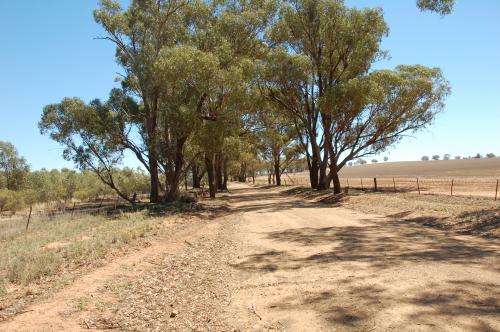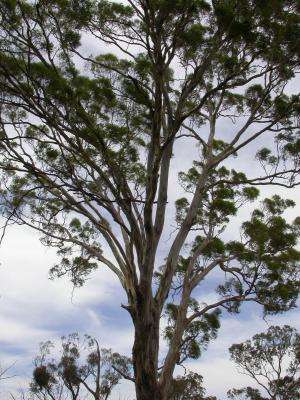Tree plantings on degraded or unused land along fences, roads or at field margins can provide many co-benefits.
'Best practice' carbon farming that considers more than just the carbon in trees is needed if the full benefits of trees in the landscape are to be realised by farmers, landholders, and the community.
CSIRO-led research confirms that tree plantings in rural lands have significant potential to remove carbon dioxide from the atmosphere and, if done well, can provide a stream of other benefits to farmers, local communities and the environment.
"Schemes which offer economic incentives for growing trees for carbon present an opportunity to reverse trends in land clearing but also to restore ecosystem services – such as pest control, pollination, soil and water conservation – that provide important benefits to farmers and the broader community," according to CSIRO's Dr Brenda Lin.
Past removal of trees have disrupted many natural processes such as refuges for native insects that control pests, pollination, carbon sequestration, organic matter accumulation and water and soil conservation that are important for sustainable farming and the environment.
"The ability of carbon tree plantings to restore some of these other benefits that support agricultural production may be a key factor in encouraging farmers and landholders to take up this type of carbon farming," Dr Lin said.
Tree plantings in rural lands have significant potential to provide a wide range of co-benefits as well as taking carbon dioxide out of the atmosphere.
"Land-use models show that policies aimed solely at maximising carbon storage may not produce additional agricultural and environmental benefits and may even produce unwanted outcomes for farmers, landowners and communities.
"For example, studies of past revegetation in agricultural landscapes show that in some locations intensive single-species (or monoculture) plantations can affect water flows, increase invasive pests and lead to biodiversity loss, be fire prone and have poor growth rates. Poorly located vegetation could reduce the availability of land for food production."
Alternatively, there are many opportunities for tree plantings, if planned and implemented properly, to provide additional benefits to the farmer beyond just carbon.
"By revegetating unused, marginal or degraded cropping land, using multiple species of trees and shrubs, we could see improvements to pest control, pollination and water quality, increased wind protection and reduced soil erosion and salinity," Dr Lin said.
"For example, we know that remnant native vegetation patches that currently persist in agricultural landscapes, if they are well managed and contain few weed species, support a range of insect and spider predators and parasitic wasps that can attack pests of grain crops."
The benefits for local communities and the public could include increased water quality, reduced pesticide use, more habitat for species such as birds, and other cultural benefits.
The research, published in the American BioScience journal, highlights the need to better understand these private, public and shared benefits and tradeoffs so that future policies and initiatives encourage 'best practice' tree plantings that maximise the positives while also storing carbon.
Journal information: BioScience
Provided by CSIRO





















